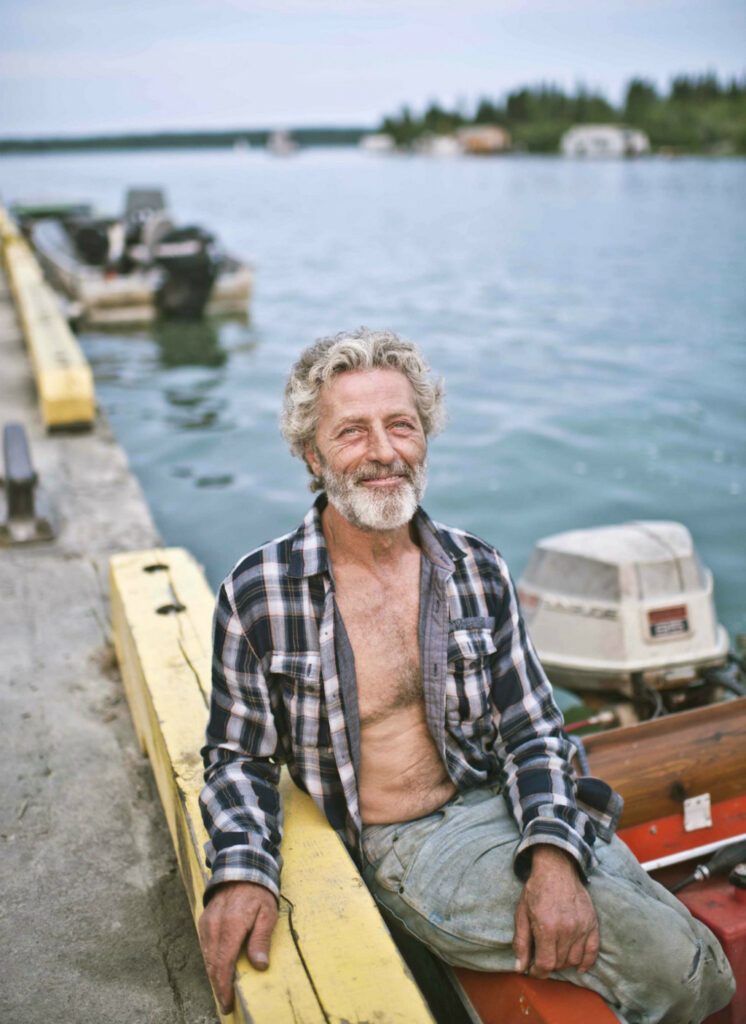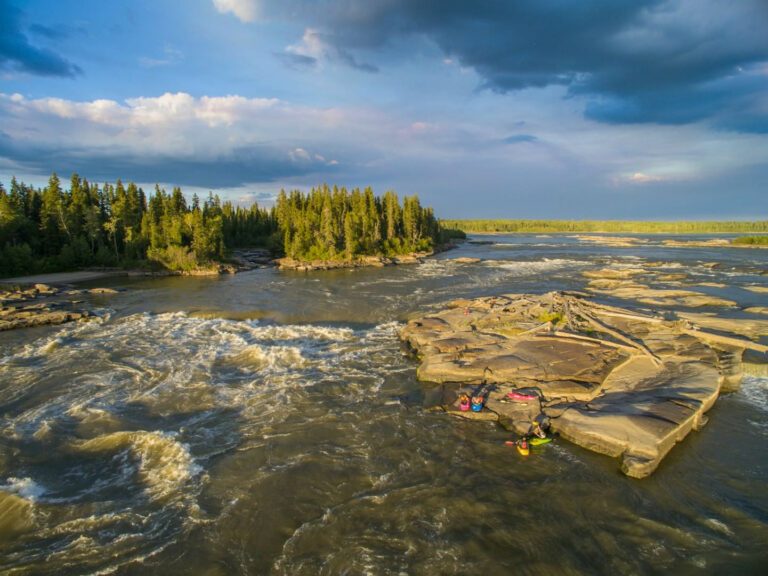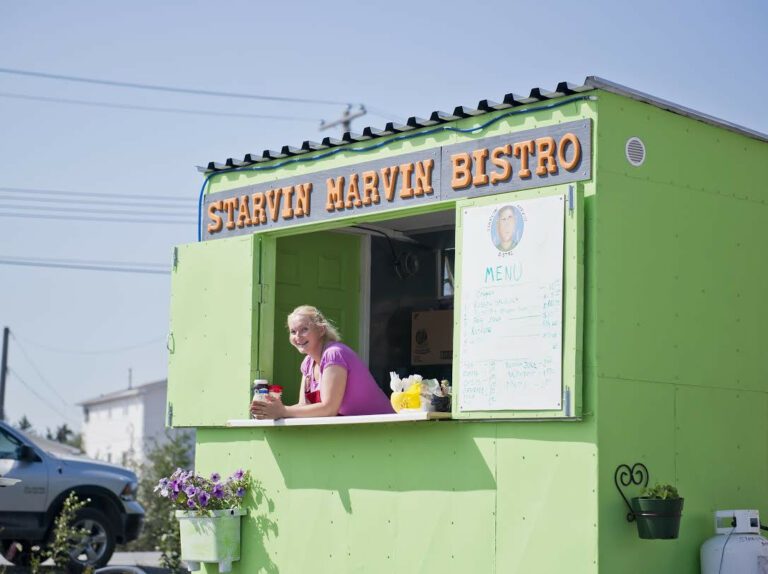There’s nothing flashy or faddish about the government’s new logo for NWT fish.
Launched in Yellowknife and Hay River over the weekend, the image announces “NWT Fresh Fish” against a silhouette of the big lake, followed by written confirmation that, yes, that is indeed Great Slave Lake.
If you didn’t make it to the launches, the blue and white logo will soon appear on menus and in restaurants around Yellowknife.
Deliberately generic, it’s the first step in developing a fishery beyond Great Slave Lake, according to John Colford, the Industry Tourism and Investment manager in charge of the struggling cottage industry.
Lots of fish, not enough market
“Our intent is to create market awareness, broaden demand and production,” Colford wrote in an email to EDGEYK.com. “Developing a distinct brand will hopefully create a strong market presence.”
Despite an abundance of fish in our waters, the local industry has been in decline for most of the last decade, as rising fuel costs cut into profits and fishers left for more lucrative pursuits. The department wants to lure them back and bring in new workers to the industry.
It’s part of the GNWT’s renewed interest in fur, forestry and small-scale agriculture; a reminder of the time when Northern communities were more self-reliant, and a rough sketch of what our economy might look like with fewer mining and energy developments.
Putting more boats – and more money – in the water
At present, there are fewer than 40 commercial vessels fishing Great Slave Lake. The territorial government would like to increase those numbers to more than 200, all hauling in fish for domestic and export markets, and has issued an invitation to commercial fishers from Manitoba to Alberta.
ITI Minister Dave Ramsay told the legislature last November that in the summer of 2013, “seven individuals from Manitoba and Alberta launched vessels in Great Slave Lake as part of our fishery. Their harvest represented over 30 percent of the entire fishery’s income, totaling $1 million for the summer of 2013.”
The year before, Ramsay told a federal fisheries committee that the government wants to invest as much as $5 million in the industry. The GNWT committed last year to spending $1.5 million to rebuild the fish-processing plant in Hay River – home port for most fishers – and is negotiating with potential partners and investors to inject more cash.
Our whitefish is superior
The Hay River fish plant will continue to supply filleted fish to the Freshwater Fish Marketing Corporation. The NWT is one of the last jurisdictions still supporting the Marketing Corp., which has lost the support of fishers in Western Ontario, Saskatchewan and Alberta.
The FFMC has had no trouble in finding markets for sought-after products – pickerel, pike, trout, and whitefish roe – but whitefish, the dominant species in Great Slave Lake, faces stiff competition on supermarket shelves from lower-cost farmed species.
Northern fishers have long argued that their whitefish is superior to others and should be promoted and priced accordingly. As the sole market agency for fish from across Western Canada, FFMC declined to make that distinction, prompting Great Slave Lake fishers to contemplate leaving to find their own markets.
The government has no plan to change its relationship with FFMC, but that could change if it is successful in finding new partners who are willing to invest in the fishery.







